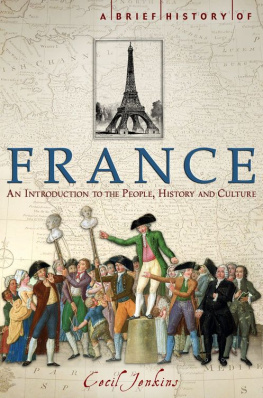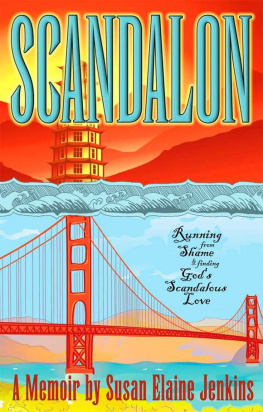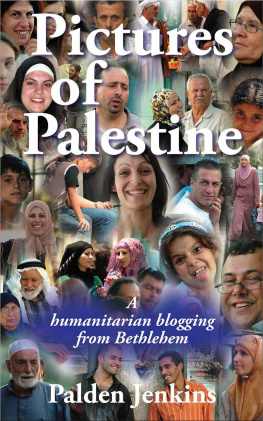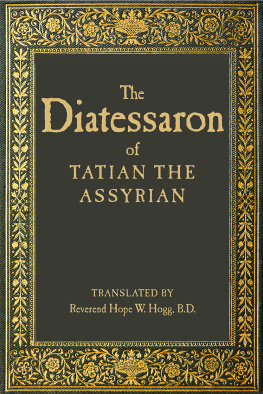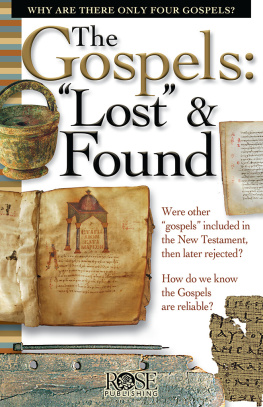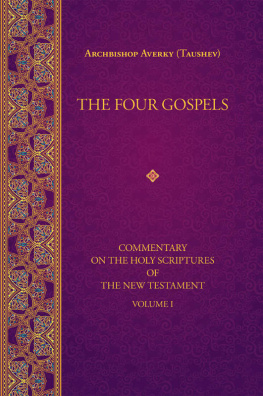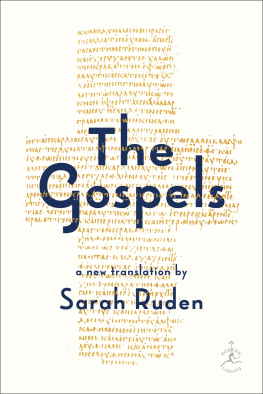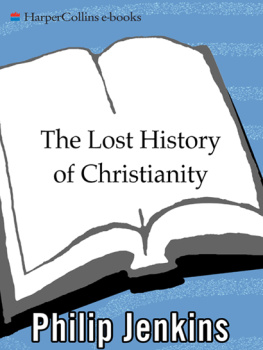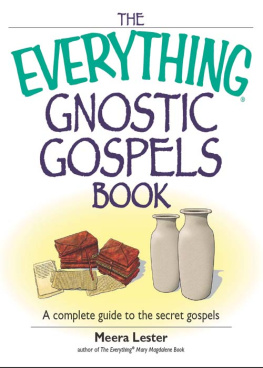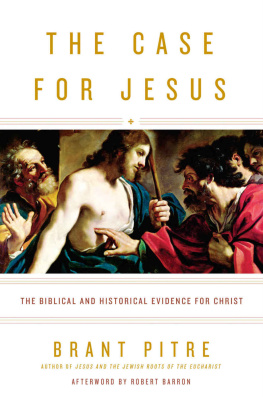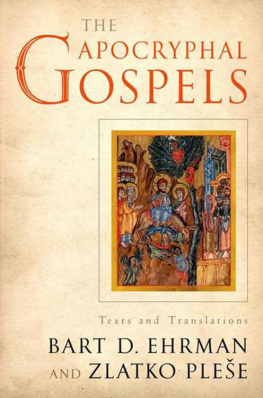Jenkins - The many faces of Christ : the thousand-year story of the survival and influence of the lost gospels
Here you can read online Jenkins - The many faces of Christ : the thousand-year story of the survival and influence of the lost gospels full text of the book (entire story) in english for free. Download pdf and epub, get meaning, cover and reviews about this ebook. year: 2015, publisher: Basic Books, genre: Religion. Description of the work, (preface) as well as reviews are available. Best literature library LitArk.com created for fans of good reading and offers a wide selection of genres:
Romance novel
Science fiction
Adventure
Detective
Science
History
Home and family
Prose
Art
Politics
Computer
Non-fiction
Religion
Business
Children
Humor
Choose a favorite category and find really read worthwhile books. Enjoy immersion in the world of imagination, feel the emotions of the characters or learn something new for yourself, make an fascinating discovery.

The many faces of Christ : the thousand-year story of the survival and influence of the lost gospels: summary, description and annotation
We offer to read an annotation, description, summary or preface (depends on what the author of the book "The many faces of Christ : the thousand-year story of the survival and influence of the lost gospels" wrote himself). If you haven't found the necessary information about the book — write in the comments, we will try to find it.
The standard account of early Christianity tells us that the first centuries after Jesus death witnessed an efflorescence of Christian sects, each with its own gospel. We are taught that these alternative scriptures, which represented intoxicating, daring, and often bizarre ideas, were suppressed in the fourth and fifth centuries, when the Church canonized the gospels we know today: Matthew, Mark, Luke, and John. The rest were lost, destroyed, or hidden. In The Many Faces of Christ, the renowned religious historian Philip Jenkins thoroughly refutes our most basic assumptions about the Lost Gospels. He reveals that dozens of alternative gospels not only survived the canonization process but in many cases remained influential texts within the official Church. Whole new gospels continued to be written and accepted. For a thousand years, these strange stories about the life and death of Jesus were freely admitted onto church premises, approved for liturgical reading, read by ordinary laypeople for instruction and pleasure, and cited as authoritative by scholars and theologians. The Lost Gospels spread far and wide, crossing geographic and religious borders. The ancient Gospel of Nicodemus penetrated into Southern and Central Asia, while both Muslims and Jews wrote and propagated gospels of their own. In Europe, meanwhile, it was not until the Reformation and Counter-Reformation that the Lost Gospels were effectively driven from churches. But still, many survived, and some continue to shape Christian practice and belief in our own day. Offering a revelatory new perspective on the formation of the biblical canon, the nature of the early Church, and the evolution of Christianity, The Many Faces of Christ restores these Lost Gospels to their central place in Christian history. -- Read more...
Abstract: In The Many Faces of Christ religious historian Philip Jenkins refutes our most basic assumptions about the Lost Gospels and the history of Christianity. He reveals that hundreds of alternative gospels were never lost, but survived and in many cases remained influential texts, both outside and within the official Church. We are taught that these alternative scriptures--such as the Gospels of Thomas, Mary, or Judas--represented intoxicating, daring and often bizarre ideas that were wholly suppressed by the Church in the fourth and fifth centuries. In bringing order to the tumult, the Church canonized only four gospels: Matthew, Mark, Luke and John. The rest, according to this standard account, were lost, destroyed, or hidden. But more than a thousand years after Emperor Constantine converted to Christianity and made his Roman Empire do the same, the Christian world retained a much broader range of scriptures than would be imaginable today--
The standard account of early Christianity tells us that the first centuries after Jesus death witnessed an efflorescence of Christian sects, each with its own gospel. We are taught that these alternative scriptures, which represented intoxicating, daring, and often bizarre ideas, were suppressed in the fourth and fifth centuries, when the Church canonized the gospels we know today: Matthew, Mark, Luke, and John. The rest were lost, destroyed, or hidden. In The Many Faces of Christ, the renowned religious historian Philip Jenkins thoroughly refutes our most basic assumptions about the Lost Gospels. He reveals that dozens of alternative gospels not only survived the canonization process but in many cases remained influential texts within the official Church. Whole new gospels continued to be written and accepted. For a thousand years, these strange stories about the life and death of Jesus were freely admitted onto church premises, approved for liturgical reading, read by ordinary laypeople for instruction and pleasure, and cited as authoritative by scholars and theologians. The Lost Gospels spread far and wide, crossing geographic and religious borders. The ancient Gospel of Nicodemus penetrated into Southern and Central Asia, while both Muslims and Jews wrote and propagated gospels of their own. In Europe, meanwhile, it was not until the Reformation and Counter-Reformation that the Lost Gospels were effectively driven from churches. But still, many survived, and some continue to shape Christian practice and belief in our own day. Offering a revelatory new perspective on the formation of the biblical canon, the nature of the early Church, and the evolution of Christianity, The Many Faces of Christ restores these Lost Gospels to their central place in Christian history.
Jenkins: author's other books
Who wrote The many faces of Christ : the thousand-year story of the survival and influence of the lost gospels? Find out the surname, the name of the author of the book and a list of all author's works by series.


